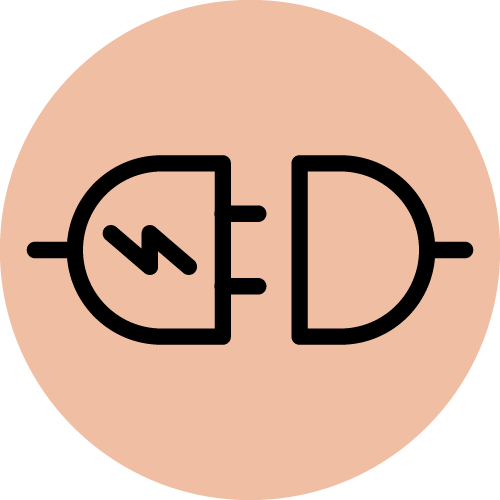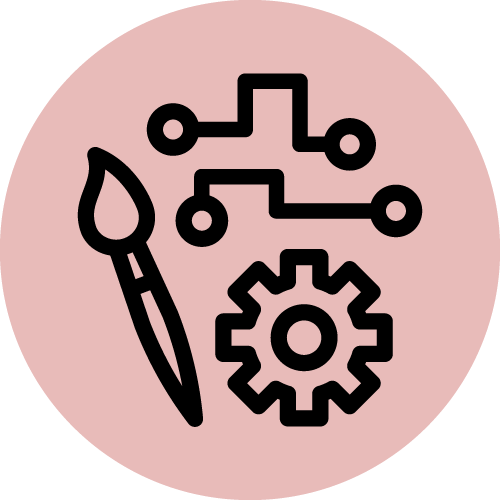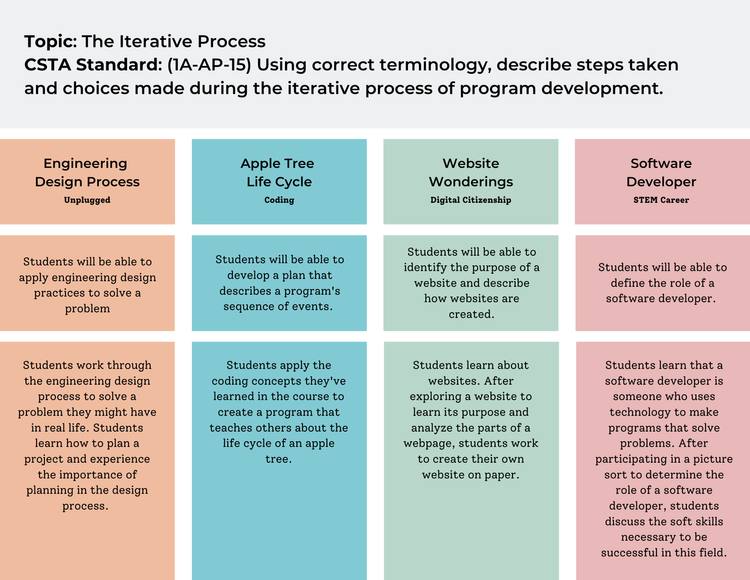In a December 2018 EdSurge survey, 88% of K-12 educators indicated that computer science education was critical for students’ postsecondary success; however, only 20% reported that their students were currently afforded access to computer science learning (Nazerian, 2018). Clearly, computer science education statistics prove that STEM is a priority amongst educators, but access to programming is inequitable (Leung et al., 2021). Similarly, current issues in computer science education reveal that students from underserved populations, especially low income households, start out behind their peers in K-12 STEM (Reardon, 2011). These students are less likely to persist in a STEM experience (Maltese & Tai, 2011), meaning they lose interest in STEM programs that are not fully integrated within the context of the school day. Additionally, efforts to expand access to marginalized groups must pay careful attention to the intersection of race and gender with the dynamics of STEM (e.g., Buck et al., 2020; Cochran, et al., 2020; Jong et al., 2020).
Ellipsis Education focuses on the needs of representation, accessibility, and inclusion for underrepresented groups in STEM fields. First, Ellipsis Education curriculum writers make an explicit effort to include images, descriptions, names, and examples that are racially diverse, gender-inclusive, culturally varied, and conscious of the varying levels of physical ability. This helps every student see themselves in various aspects of STEM covered in the curriculum. For example, when discussing scientists, Ellipsis Education lessons include diverse representation in imagery and discussion of historical figures.
Next, Ellipsis Education courses include lessons about digital accessibility. For example, in Intro to Computer Science Applications, students discuss the definition of accessibility in relation to websites. In addition to understanding groups that benefit from accessibility features in websites, students are taught the specific industry techniques used to make websites accessible to those groups.
Third, Ellipsis Education recognizes that STEM curriculum disproportionately benefits schools with software budgets and students with consistent internet access. To combat this issue, Ellipsis Education courses use open-source student development environments. In addition, all Ellipsis Education courses include platform options for both online and offline practice.
Finally, Ellipsis Education provides educators with tools to accommodate diverse learners’ needs. Each coding lesson includes supplemental documentation for English Language Learners. Based on WIDA language mastery levels, this documentation uses SIOP approaches to develop tailored language goals for each step of a lesson. These documents allow educators to ensure all students have access to quality STEM curriculum regardless of their English language mastery.





